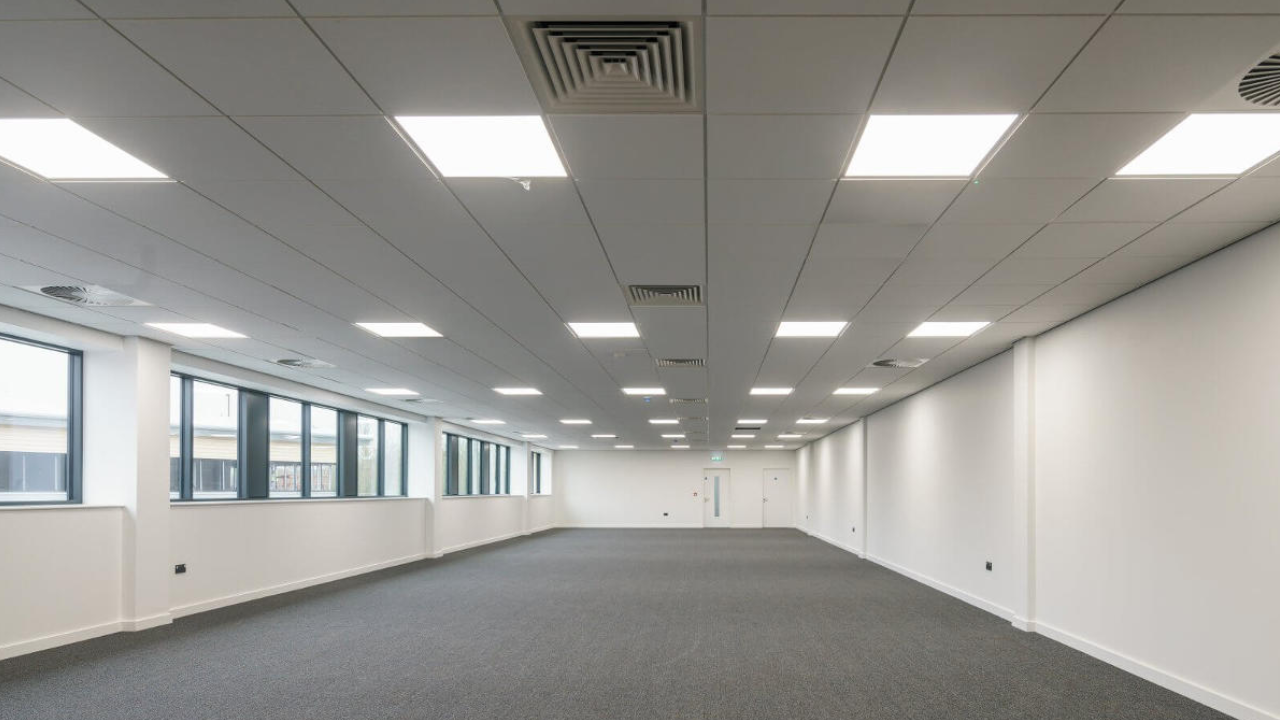LED lighting designed specifically for industrial settings stands out as a breakthrough solution, meeting the special needs of manufacturing facilities, warehouses, and other industrial applications. Industrial LED lighting is well-known for its energy efficiency, which considerably lowers operational expenses by minimizing energy usage while providing a longer operational life and decreasing maintenance downtime and costs.
LED fixtures are built to withstand vibrations, extreme temperatures, and harsh conditions, ensuring reliable performance in demanding industrial environments. LED lighting’s rapid illumination, flicker-free operation, and adjustability via dimming and smart controls all contribute to increased safety and productivity.
LEDs’ directional lighting feature provides precise illumination, which is critical for focused operations in industrial settings. Revolve.com offers a large selection of LED lights. For further information regarding LED lights, call us. Environmental sustainability is also crucial since LED lighting reduces carbon footprints and fits in with the green policies that businesses are progressively implementing.
Can Existing Industrial Lighting Systems Be Easily Upgraded To LED?
Yes, many existing industrial lighting systems can be simply changed to LED. Retrofit kits and replacement bulbs intended to fit into classic fixtures are available, ensuring a smooth changeover. This enables industrial establishments to get the benefits of LED technology, such as energy efficiency and longevity, without requiring a total revamp of their current lighting infrastructure.
The Pinnacle of Industrial Illumination with LED Lighting
This article delves into the myriad reasons why LED lighting stands out as the ideal choice for industrial applications.
Energy Efficiency
One of the key reasons LED lighting is ideal for industrial applications is its exceptional energy efficiency. Traditional lighting sources, such as incandescent or fluorescent bulbs, release a significant amount of energy as heat. In contrast, LEDs turn a major part of electrical energy into light, reducing waste and resulting in significant energy savings for industrial buildings.
Reducing Maintenance Downtime and Costs
LED fixtures have a very long lifespan, exceeding older lighting technologies. LEDs have an operational life of more than 50,000 hours, which dramatically reduces the frequency of replacements and associated maintenance expenses. In industrial contexts where downtime can have serious financial consequences, LED lighting’s endurance translates to better operational efficiency and fewer disruptions.
Instant Illumination and Flicker-Free Operation
LED lights, unlike other earlier lighting sources, give instant illumination without the requirement for a warm-up period. This rapid response is critical in industrial applications requiring immediate and consistent lighting for safety and productivity. Furthermore, LEDs do not flicker, providing a comfortable and visually stable working environment.
Adaptability through Dimming and Smart Controls
The versatility of LED lighting makes it ideal for industrial situations. LED fixtures are easily linked with smart controllers, which allow for exact adjustments via dimming and scheduling. Motion sensors can be used to improve energy efficiency by ensuring that lights are only activated when necessary. This versatility enables the development of customized lighting systems tailored to the individual needs of various industrial environments.
Directional Lighting
LEDs emit light in a specific direction, allowing for precise illumination without the need for reflectors or diffusers. This directed property is very useful in industrial settings where precise lighting is required for certain tasks or work zones. The ability to precisely focus light improves visibility and contributes to a more secure and productive workplace.
Environmental Sustainability
LED lighting aligns with the growing emphasis on environmental sustainability in industrial practices. Its energy efficiency translates into a reduced carbon footprint, contributing to the overall eco-friendliness of industrial operations. Additionally, LEDs do not contain hazardous materials such as mercury, making them environmentally safer to manufacture, use, and dispose of compared to certain traditional lighting technologies.
Enhancing Visual Clarity
The quality of light in industrial settings is crucial for tasks that demand accurate color perception. LED lighting typically has a high Color Rendering Index (CRI), ensuring that colors appear true and vibrant. This attribute is particularly beneficial in industrial applications such as quality control, assembly lines, and inspection processes where visual clarity is paramount.
Cost Savings over the Long Term
While LED fixtures may be more expensive than traditional lighting, the long-term savings surpass the initial expenditure. LED lighting is a strategic and cost-effective alternative for industrial facilities looking for sustainable and efficient lighting solutions due to its lower energy usage, lower maintenance costs, and longer operational life.
Sum Up
The characteristics that make LED lighting appropriate for industrial environments extend beyond simple illumination. The combination of energy economy and environmental sustainability presents LED lighting as a game changer in the industrial lighting scene. LED lighting adoption appears not only as an option but also as a strategic investment that shows the route to a brighter, more sustainable future for industrial lighting.

